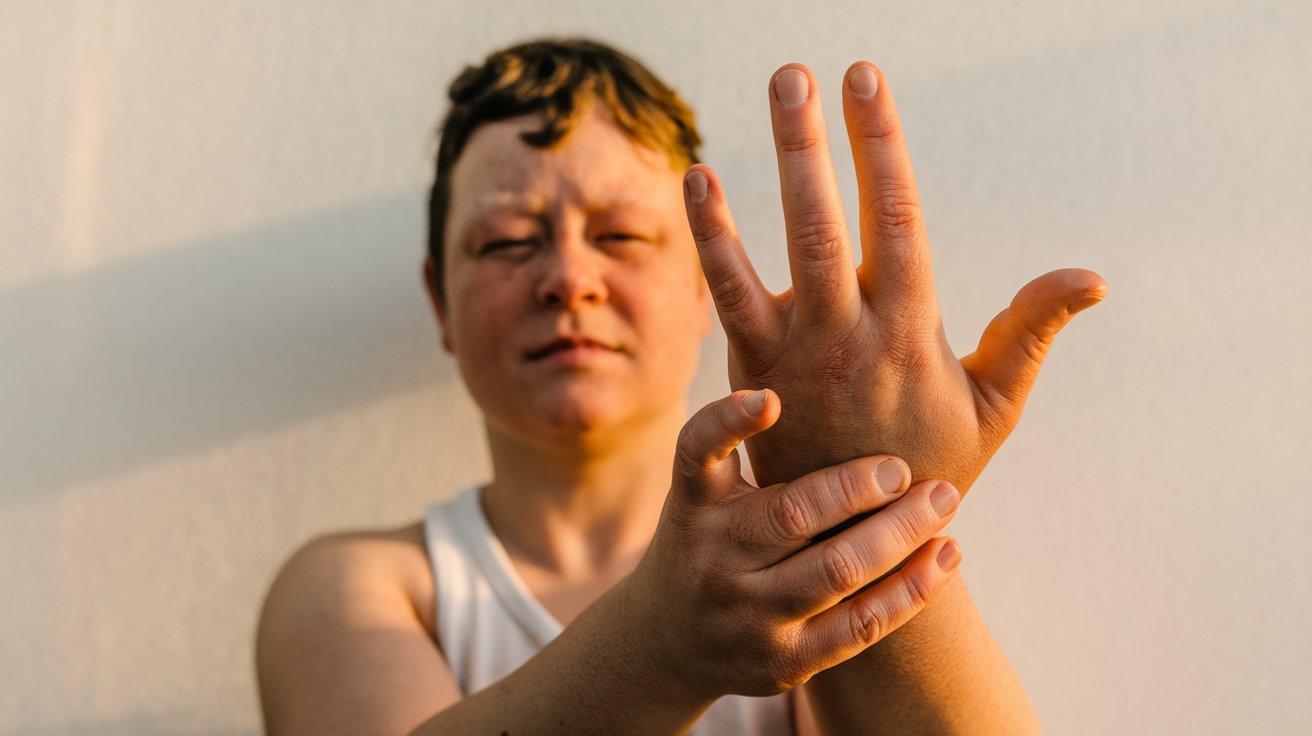
Laurence–Moon–Bardet–Biedl Syndrome (LMBBS) is a rare genetic disorder that affects multiple body systems. Characterized by obesity, retinal degeneration, polydactyly, and kidney abnormalities, this condition presents a unique set of challenges for those diagnosed. Understanding LMBBS can help in managing symptoms and improving quality of life. This syndrome often goes undiagnosed due to its rarity and complex presentation. Genetic mutations are the primary cause, with several genes involved. Early diagnosis and intervention are crucial for better outcomes. Medical professionals, caregivers, and patients must work together to navigate the complexities of this condition. Awareness and education about LMBBS can lead to better support and resources for affected individuals.
Key Takeaways:
- Laurence–Moon–Bardet–Biedl Syndrome (LMBBS) is a rare genetic disorder that affects vision, weight, kidney function, and more. It requires early diagnosis and ongoing medical care for management.
- People with LMBBS may experience vision loss, weight gain, kidney problems, and learning difficulties. Regular medical check-ups, support groups, and healthy lifestyle choices are important for living with this condition.
What is Laurence–Moon–Bardet–Biedl Syndrome?
Laurence–Moon–Bardet–Biedl Syndrome (LMBBS) is a rare genetic disorder that affects multiple body systems. It is named after the doctors who first described it. This condition can lead to a variety of symptoms and complications.
-
LMBBS is a genetic disorder: It is inherited in an autosomal recessive manner, meaning both parents must carry a copy of the mutated gene for their child to be affected.
-
Affects multiple body systems: This syndrome impacts vision, weight, kidney function, and more.
-
Vision problems are common: Many individuals with LMBBS experience retinal dystrophy, leading to progressive vision loss.
-
Obesity is a frequent symptom: People with LMBBS often struggle with weight gain from an early age.
-
Polydactyly is a key feature: Extra fingers or toes are commonly seen in those with LMBBS.
Symptoms and Complications
LMBBS presents a wide range of symptoms that can vary greatly among individuals. Understanding these can help in early diagnosis and management.
-
Kidney abnormalities: Many affected individuals have structural kidney problems that can lead to chronic kidney disease.
-
Learning difficulties: Cognitive impairment and developmental delays are often observed.
-
Speech issues: Delayed speech development is another common symptom.
-
Diabetes risk: There is an increased risk of developing type 2 diabetes.
-
Hypertension: High blood pressure is frequently seen in those with LMBBS.
Diagnosis and Genetic Testing
Diagnosing LMBBS can be challenging due to its rarity and the variability of symptoms. Genetic testing plays a crucial role in confirming the diagnosis.
-
Genetic testing confirms diagnosis: Identifying mutations in specific genes helps confirm LMBBS.
-
Early diagnosis is vital: Early identification allows for better management of symptoms and complications.
-
Family history is important: A detailed family history can provide clues for diagnosis.
-
Prenatal testing is available: For families with a known history, prenatal genetic testing can identify LMBBS in the fetus.
-
Multidisciplinary approach: Diagnosis often involves a team of specialists, including geneticists, ophthalmologists, and nephrologists.
Treatment and Management
There is no cure for LMBBS, but various treatments can help manage the symptoms and improve quality of life.
-
Regular eye exams: Monitoring vision changes is crucial for managing retinal dystrophy.
-
Weight management: Diet and exercise programs can help control obesity.
-
Kidney function monitoring: Regular check-ups are necessary to manage kidney issues.
-
Speech therapy: Helps address speech and language delays.
-
Educational support: Special education services can assist with learning difficulties.
Living with LMBBS
Living with LMBBS requires ongoing medical care and support. Understanding the challenges and available resources can make a significant difference.
-
Support groups are beneficial: Connecting with others who have LMBBS can provide emotional support and practical advice.
-
Regular medical follow-ups: Continuous monitoring by healthcare professionals is essential.
-
Adaptive technologies: Tools like screen readers and magnifiers can help those with vision loss.
-
Healthy lifestyle choices: A balanced diet and regular physical activity are important for overall health.
-
Awareness and education: Raising awareness about LMBBS can lead to better support and resources for affected individuals and their families.
Final Thoughts on Laurence–Moon–Bardet–Biedl Syndrome
Laurence–Moon–Bardet–Biedl Syndrome (LMBBS) is a rare genetic disorder with a wide range of symptoms. From vision problems to obesity, and kidney issues to extra fingers or toes, this condition affects many parts of the body. Understanding LMBBS can help in early diagnosis and better management of the symptoms. While there's no cure yet, treatments focus on improving quality of life. Genetic counseling can be beneficial for families affected by LMBBS. Awareness and research are crucial for finding better treatments and, hopefully, a cure in the future. If you or someone you know shows symptoms, consult a healthcare provider for proper diagnosis and support. Knowledge is power, and staying informed can make a big difference.
Frequently Asked Questions
Was this page helpful?
Our commitment to delivering trustworthy and engaging content is at the heart of what we do. Each fact on our site is contributed by real users like you, bringing a wealth of diverse insights and information. To ensure the highest standards of accuracy and reliability, our dedicated editors meticulously review each submission. This process guarantees that the facts we share are not only fascinating but also credible. Trust in our commitment to quality and authenticity as you explore and learn with us.
